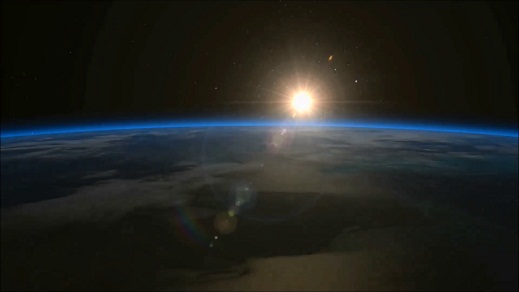| Online: | |
| Visits: | |
| Stories: |

| Story Views | |
| Now: | |
| Last Hour: | |
| Last 24 Hours: | |
| Total: | |
2015 April TOP SKY EVENTS – Lyrids Meteor Shower, Venus and the Pleiades, Blood Moon Time Lapse, Eyes On the Skies (+Videos)
2015 April TOP SKY EVENTS – Lyrids Meteor Shower, Blood Moon Time Lapse, Eyes On the Skies
The totality of the april 4, 2015 total lunar eclipse has ended. see it! best photos of the eclipse. the third blood moon eclipse in a series of four.
Venus and the Pleiades, April 11, 2015
Saturday, April 11, dusk. Venus passes within 3 degrees of the Pleiades star cluster.
Last Quarter Moon, April 11, 2015
The Last Quarter Moon rises around 2:30 a.m. and sets around 1 p.m. It is most easily seen just after sunrise in the southern sky
New Moon, April 18, 2015
Saturday, April 18, 2:57 p.m. EDT. The moon is not visible on the date of New Moon because it is too close to the sun, but can be seen low in the east as a narrow crescent a morning or two before, just before sunrise. It is visible low in the west an evening or two after New Moon.
Venus, Aldebaran, and the Moon, April 2015
Tuesday, April 21, 1 hour after sunset. The moon will pass close to Venus and the bright red star Aldebaran.
APRIL 22-23 Lyrids Meteor Shower
The Lyrids are an average shower, usually producing about 20 meteors per hour at their peak. These meteors can produce bright dust trails that last for several seconds. The shower usually peaks on April 21 & 22, although some meteors can be visible from April 16 – 25. Look for meteors radiating from the constellation of Lyra after midnight. http://www.timeanddate.com/astronomy/meteor-shower/lyrids.html
http://earthsky.org/astronomy-essentials/everything-you-need-to-know-lyrid-meteor-shower
First Quarter Moon, April 25, 2015
Saturday, April 25, 7:55 p.m. EDT. The First Quarter Moon rises around noon and sets around 2:30 a.m. It dominates the evening sky. http://www.space.com/28839-april-night-sky-2015-sky-maps.html
http://astronomy.starrynight.com/
Image of the Month: The Galaxy M106
M106 lies in Canes Venatici below the handle of the Plough in Ursa Major.
M106 spans some 60 thousand light years across and lies at a distance of 23.5 million light years
Image:credit: NASA,ESO,NOAJ,Giovanni Paglioli, processing by R. Colommmbari and R. Gendler
http://www.jb.man.ac.uk/astronomy/nightsky/

Image credit: ISS



